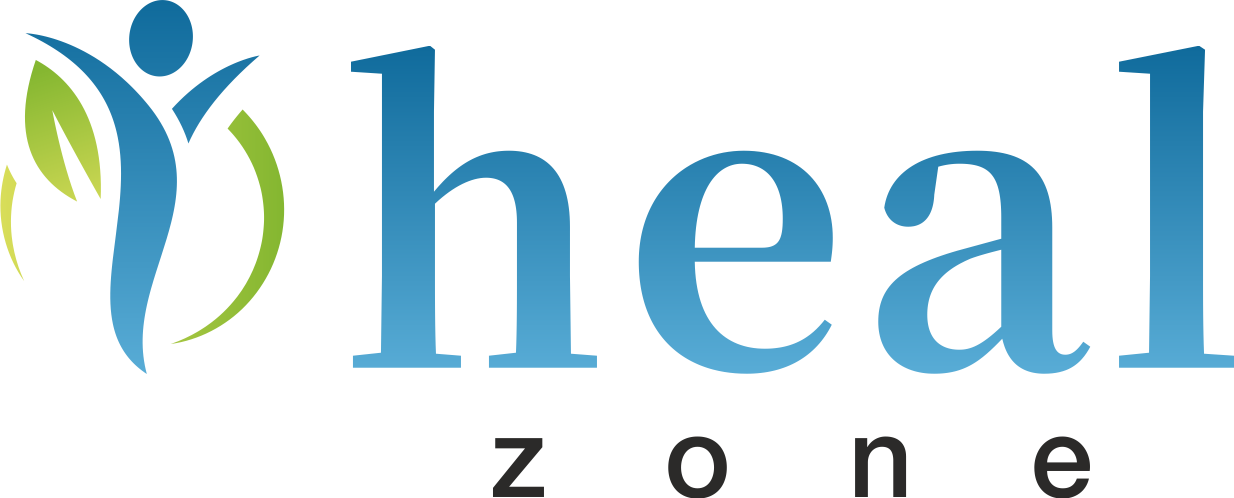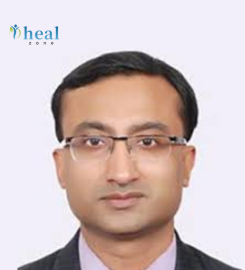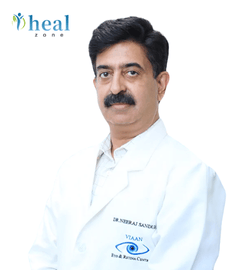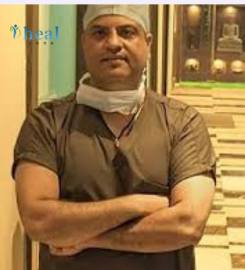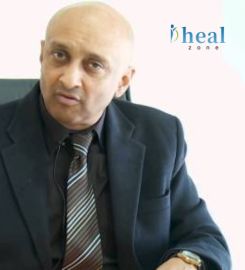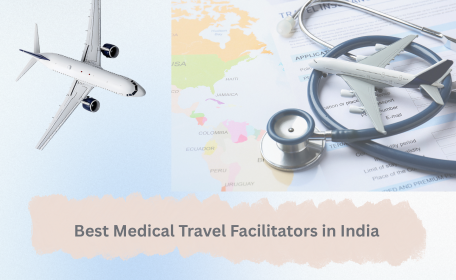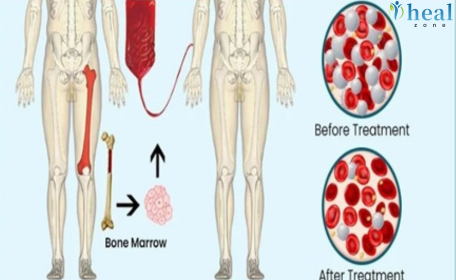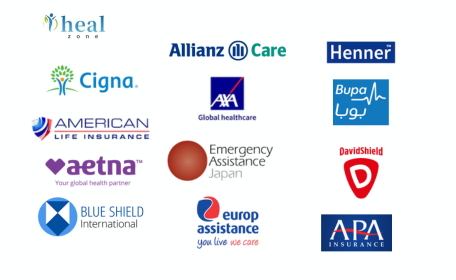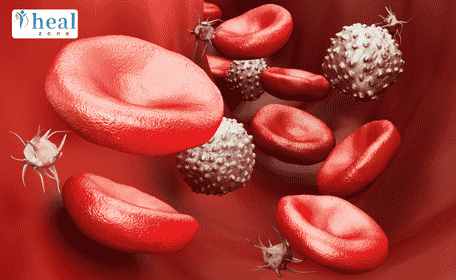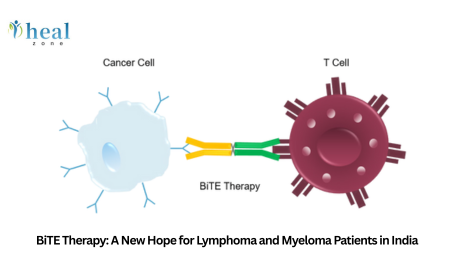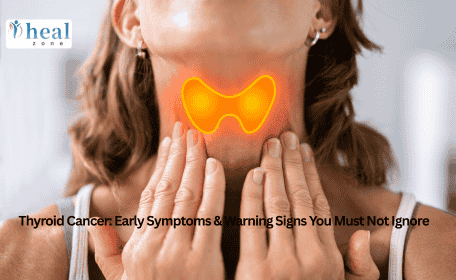What Is Anti-VEGF Therapy and When Is It Needed?
Anti-VEGF therapy is used to manage retinal diseases where abnormal blood vessels cause leakage, swelling, and vision loss. VEGF (Vascular Endothelial Growth Factor) promotes blood vessel growth, and Anti-VEGF medications block this action.
Conditions Treated:
-
Wet Age-related Macular Degeneration (AMD)
-
Diabetic Retinopathy & Diabetic Macular Edema
-
Retinal Vein Occlusion (RVO)
-
Myopic Choroidal Neovascularization (mCNV)
Patients typically begin treatment after symptoms like blurry vision, distortion, or dark spots are diagnosed by a retina specialist.
What Are the Different Types or Techniques of This Treatment?
Common Anti-VEGF Drugs:
-
Avastin (Bevacizumab) – Affordable, widely used off-label
-
Lucentis (Ranibizumab) – High precision, FDA-approved
-
Eylea (Aflibercept) – Long-acting, broader spectrum
-
Beovu (Brolucizumab) – Requires fewer injections
-
Vabysmo (Faricimab) – Targets two pathways (VEGF + Ang-2)
Techniques:
-
Loading Phase: 3 injections over 3 months
-
Maintenance: Based on disease activity (PRN or treat-and-extend)
The drug is injected into the eye using a sterile, pain-minimized method. The entire session usually takes less than 30 minutes.
What Is the Standard Treatment Protocol for International Patients in India?
India provides a seamless, efficient process for visiting patients:
-
Initial Consultation:
Retinal exam with OCT, angiography, and diagnosis confirmation. -
Counseling:
Detailed explanation of drug options, schedule, and expected results. -
Injection Day:
Administered painlessly under topical anesthesia in a sterile setting. -
Monitoring:
Observation for 1–2 hours post-procedure. Eye drops prescribed. -
Follow-Up Plan:
Frequency of future injections based on disease response.
This complete cycle is often completed in just 1 to 2 days, ideal for short visits.
What Kind of Devices or Tools Are Used?
Though no implant is used, the procedure relies on precision tools:
-
Fine-gauge sterile needles (30–32G)
-
Topical anesthetic drops and povidone-iodine
-
Eyelid speculum
-
OCT and digital fundus cameras
-
FDA-approved Anti-VEGF vials or prefilled syringes
-
Post-injection antibiotic eye drops
Indian eye hospitals follow global best practices for hygiene and equipment.
What Is the Cost Breakdown of Anti-VEGF Therapy in India?
| Anti-VEGF Drug | Average Cost Per Injection (USD) |
|---|---|
| Avastin (Bevacizumab) | $350 – $400 |
| Lucentis (Ranibizumab) | $600 – $750 |
| Eylea (Aflibercept) | $700 – $850 |
| Beovu (Brolucizumab) | $800 – $900 |
Additional Charges:
-
OCT & Evaluation: $30 – $80
-
Consultation: $20 – $50
-
Follow-Up: $25 – $40
Most Indian centers offer bundled packages that include consultation, injection, procedure fees, and post-care instructions.
Why Should International Patients Choose India for This Treatment?
-
Globally trained retina surgeons
-
FDA-approved medications used
-
Fast appointments with minimal wait time
-
Complete packages with no hidden charges
-
Multilingual staff for easier communication
-
Medical tourism facilitation from start to finish
Patients from across the globe trust India for safe, timely, and cost-effective Anti-VEGF care.
Why Choose Healzone for Safe and Stress-Free Treatment in India?
Healzone offers complete support for international patients:
-
Pre-Arrival Help: Video consults, expert opinions, cost estimates
-
Hospital Tie-Ups: With top retina specialists and hospitals
-
Transparent Pricing: All-inclusive packages
-
Travel & Lodging Support: Hotel booking, airport pickup, and in-city transport
-
24/7 Assistance: A dedicated care manager for your stay
-
Language Interpreters: Smooth communication at every step
Healzone ensures that you focus on healing while they manage the rest.
What Is the Recovery Process and Post-Op Care Timeline?
Recovery is usually smooth and fast:
Immediately After Injection:
-
Redness, mild irritation, or tearing may occur
-
Antibiotic drops prescribed for 3–5 days
-
Avoid rubbing the eye or exposure to dust and water
Follow-Up Plan:
-
Visit within 1–3 days post-injection
-
OCT scan after 4 weeks
-
Further injections spaced 4–6 weeks apart based on response
Activity Resumption:
-
Normal activities in 24 hours
-
Avoid heavy workouts or swimming for 3–5 days
Patients often report improvement after just a few doses, though ongoing care is usually required.
How Should International Patients Prepare for This Treatment in India?
Checklist Before Travel:
-
Medical Records:
OCT scans, prior injections, angiography reports. -
Visa & Travel:
Apply for a Medical Visa; book flights and confirm stay for 3–5 days. -
Consultation:
Many clinics offer virtual assessments pre-arrival. -
Health & Medications:
Share any chronic conditions or allergies; carry current prescriptions. -
Travel Services:
Partner with Healzone for coordinated care, accommodation, and transport.
What Long-Term Care or Lifestyle Changes Are Needed Post-Treatment?
Anti-VEGF therapy requires continuous monitoring to protect vision long term.
Ongoing Care Includes:
-
Regular injections as advised
-
OCT scans to monitor changes
-
Yearly eye exams
Lifestyle Recommendations:
-
Manage diabetes and blood pressure
-
Avoid smoking
-
Eat antioxidant-rich foods (leafy greens, fish)
-
Wear UV-protective sunglasses
Supportive Care:
-
Use vision aids if needed
-
Counseling or support groups for chronic cases
Staying consistent with follow-up ensures the best visual outcome.
What Kind of Support Do Patients Get Before, During, and After Treatment?
India’s medical tourism ecosystem ensures comprehensive support:
Before Treatment:
-
Video consultations and diagnosis
-
Visa help and invitation letters
-
Pre-arranged cost estimates
During Treatment:
-
Fast-track hospital access
-
Language support
-
Hotel booking and transport
-
24/7 patient coordination
After Treatment:
-
Repeat scans and post-care
-
Telemedicine consults
-
Vision rehabilitation services
-
Discharge summaries and records
With facilitators like Healzone, the entire treatment process is smooth, safe, and completely guided.
